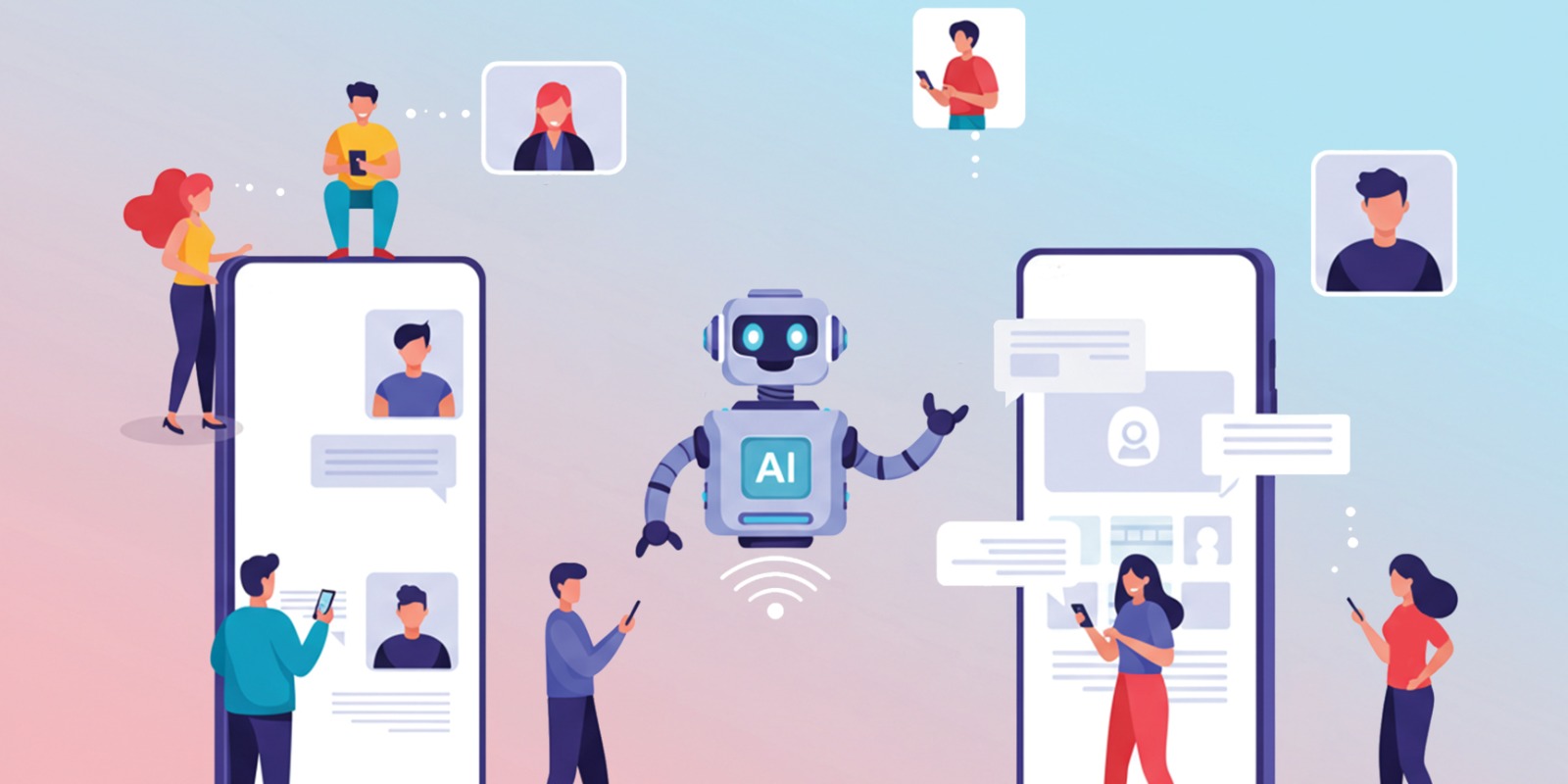Table of Contents
Have you ever struggled to tell someone what you want in another language? Or wished you could practice speaking before traveling? Google Translate might become your new language coach. It’s turning from a simple translator into a learning buddy—just like Duolingo.
In this blog, we’ll dive into:
- What’s changing in Google Translate?
- How the new “Practice” feature works.
- The exciting live translation upgrade.
- Why Google is doing this now.
- What it means for people who love languages—or just need them.
1. What’s Changing in Google Translate?
Google is adding smart, AI-powered tools to its Translate app. These new features help people practice a foreign language—not just translate. The key upgrades include:
- Practice Mode: A new section offering fun, personalized lessons.
- Lesson Personalization: The app tailors lessons to your skill level and the topic you’re learning, such as conversing with your host family or preparing for a job interview.
- Live Conversation Translator: A smarter, real-time voice and text translator for chatting with people who speak other languages.
It’s like Duolingo built into Google Translate—so you don’t need two apps.
2. Meet the Practice Mode
Imagine opening Translate and tapping “Practice”. Here’s what you can do:
- Choose your skill level: Just starting, Intermediate, or Advanced.
- Pick your goal: Maybe you’re learning Spanish for summer vacations, or French to talk with classmates.
- Get a custom mini-lesson. For example, if you want to talk about meals with a host family, the app might set up a little conversation about dinner time.
- You can speak your replies aloud or tap words you recognize in a listening activity.
There’s even a quiz element, with mini rounds—making it feel fun, not boring.
3. Live Translation—Here and Now
Going on a trip or chatting with someone who doesn’t speak your language? Great news:
- You can talk, and the app will translate your words in real time.
- It shows you what it heard and then speaks the translation in another voice.
- It works in over 70 languages, including Arabic, Hindi, Korean, and more.
- For now, this feature is available in the US, India, and Mexico.
Right now, it doesn’t mimic your voice—but Google may explore doing that later.
4. Why Is Google Doing This?
So, why is Google adding these new features?
- Staying Competitive: Duolingo already makes learning languages fun with streak tracking, goals, and lessons. Google wants to offer something similar in one of its most used apps.
- Smarter AI with Gemini: These updates use Gemini AI, Google’s latest brain behind the scenes. It adapts lessons to you and makes translations more accurate.
- One App to Rule Them All: Instead of switching apps, users can get both translation and learning in Google Translate. Simple, fast, and easy.
5. What Does This Mean for You?
- Great for Travelers: Practice before your trip and chat easily when you arrive.
- Teachers, This Helps: Students can learn casually outside class.
- Language Lovers—Yes!: You get bite-sized lessons with fun activities.
- Maybe a Concern: Some worry people will skip learning languages altogether and just rely on phones.
Many experts say learning a language builds empathy, memory, and cultural connection. AI helps—but doesn’t replace learning.
Conclusion
Google Translate is making a bold leap—offering AI-powered lessons like Duolingo and smarter live translation with Gemini AI. It’s a powerful update that could help many people learn and talk in new languages without downloading another app.
Yet, true language learning still matters. Phones make communication easier, but speaking another language opens your world in ways technology can’t fully replace.
